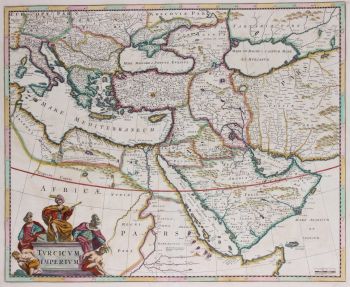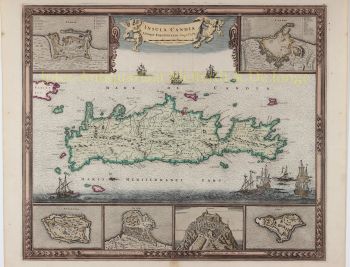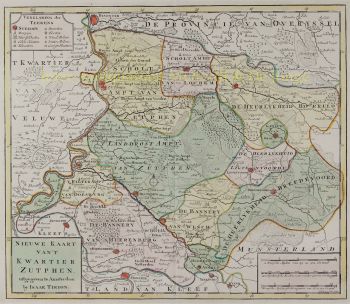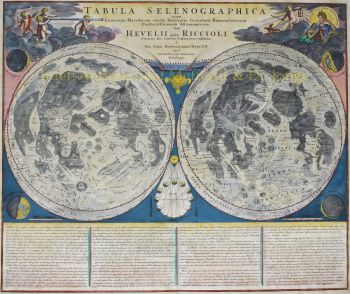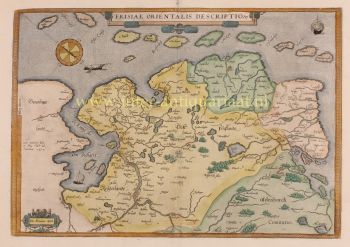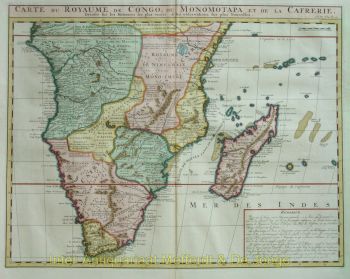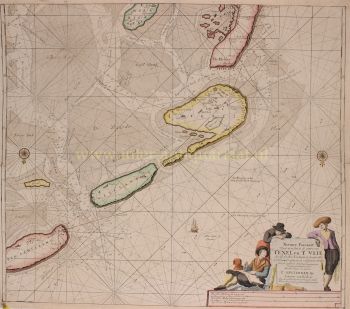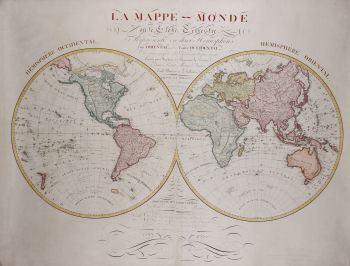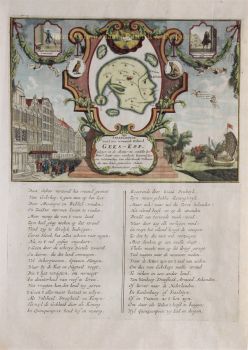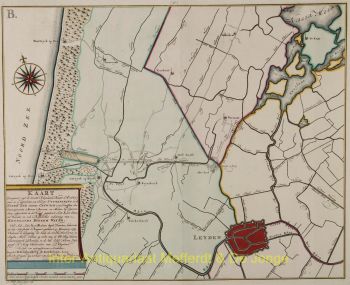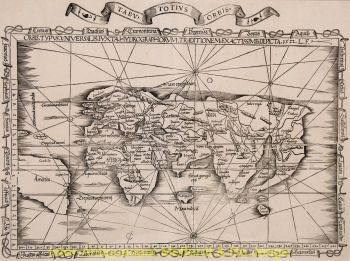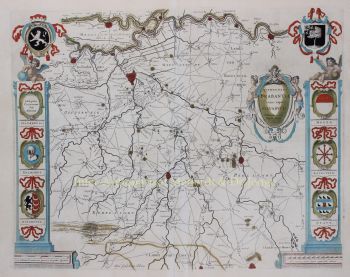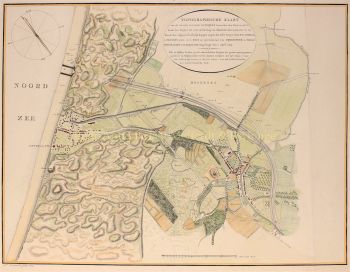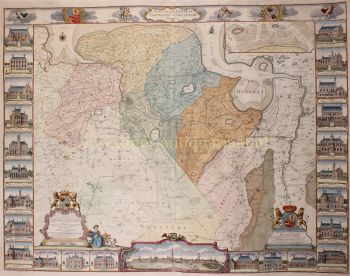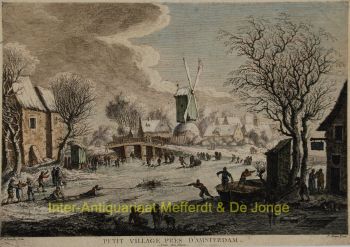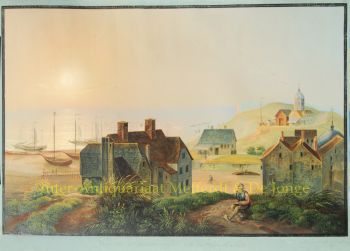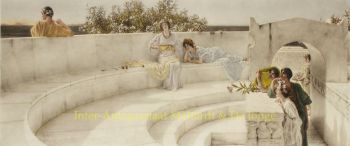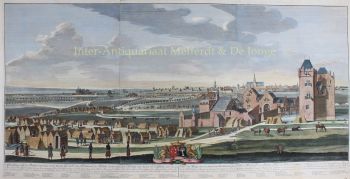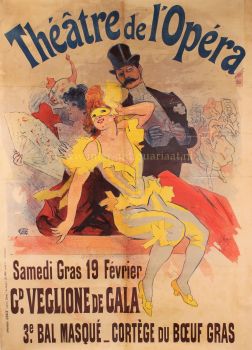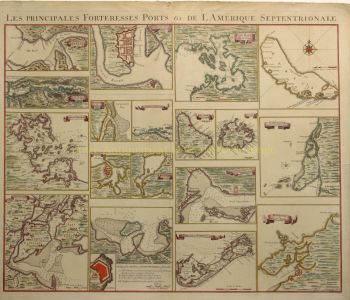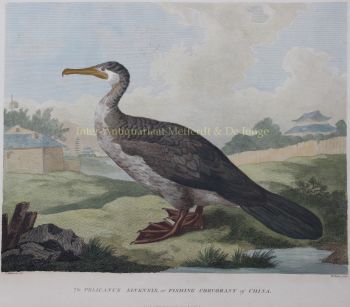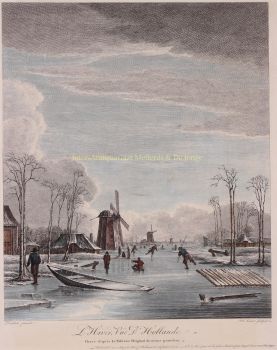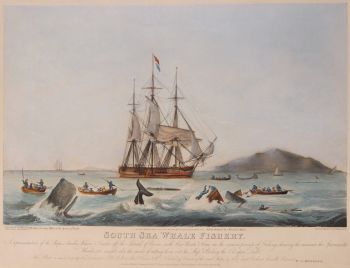Asie 1670
Frederick de Wit
€ 575
Inter-Antiquariaat Mefferdt & De Jonge
- Sur l'oeuvre d'artNICE EXAMPLE OF DE WIT'S MAP OF ASIA "Accuratissima totius Asiae Tabula in Omnes Partes divisa, de novo Correcta " [Newly corrected, very accurate map of Asia, divided in all parts], copper engraving published approx. 1670 by Frederic de Wit of Amsterdam. Coloured by a later (?) hand. Size: 49 x 58 cm. The extent of European knowledge of the region is depicted with good detail throughout the south and south east, based on the surveys of the Dutch East India Company, while northern and central Asia is filled mostly with mountains and forests and shows the coastline of Yedso [the island of Hokkaido] above Japan. The work of the Jesuit missionaries is reflected in the well-documented region of China. In the lower right corner there is the northern part of Hollandia Nova (Australia) and a hint of New Guinea. The large title cartouche shows a busy scene with traders and their cargo. The copper plate of Frederick de Wit's map was used by the Danckerts publishing family for a reprint a few years later. Price: Euro 575,-
- Sur l'artisteFrederik de Wit est né Frederik Hendriksz. Il est né dans une famille protestante vers 1629, à Gouda, une petite ville de la province de Hollande, l'une des sept provinces unies des Pays-Bas. Son père Hendrik Fredericsz (1608 - 29 juillet 1668) était un hechtmaecker (fabricant de manche de couteau) d'Amsterdam, et sa mère Neeltij Joosten (décédée avant 1658) était la fille d'un marchand de Gouda. Frederik s'est marié le 29 août 1661 à Maria van der Way (1632–1711), fille d'un riche marchand catholique d'Amsterdam. D'environ 1648 jusqu'à sa mort à la fin de juillet 1706, De Wit a vécu et travaillé à Amsterdam. Frederik et Maria ont eu sept enfants, mais un seul Franciscus Xaverius (1666–1727) leur a survécu. En 1648, au plus fort de l'âge d'or néerlandais, De Wit avait déménagé de Gouda à Amsterdam. Dès 1654, il avait ouvert une imprimerie et une boutique sous le nom de "De Drie Crabben" (les Trois Crabes) qui était aussi le nom de sa maison sur la Kalverstraat. En 1655, De Wit change le nom de sa boutique en "Witte Pascaert" (la charte blanche). Sous ce nom, De Wit et son entreprise se sont fait connaître dans le monde entier.
Êtes-vous intéressé par l'achat de cette oeuvre?
Artwork details
Catégorie
Related artworks
- 1 - 4 / 4
- 1 - 4 / 24
- 1 - 4 / 12


